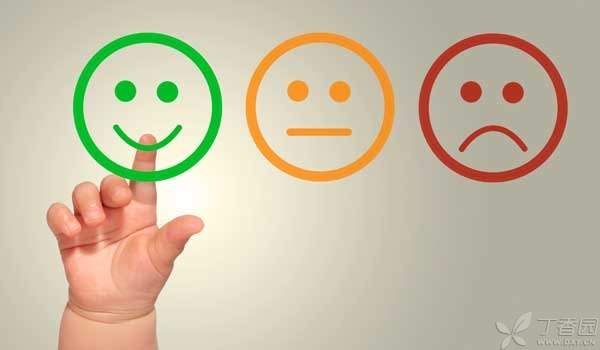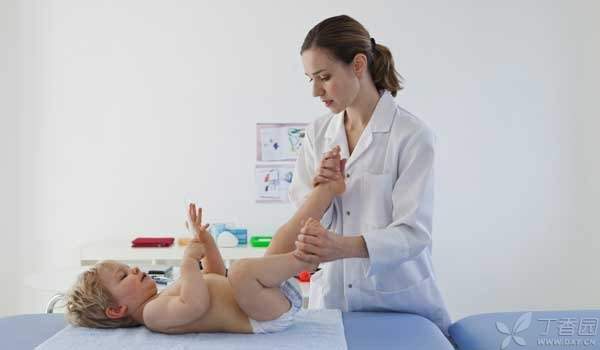
Parents often consult: [The physical examination of children’s health care in our hospitals here is always bone mineral density and trace elements, but many popular science said it was unnecessary. Do children’s health care really need to do some what examination? ]
The most important thing in children’s health care is not to draw blood or use various instruments for examination. In addition to evaluating children’s physical development such as height and weight and the level of sports, language, cognition and other abilities, In addition to doing physical examination for children, another very important step is for doctors and parents to exchange information about children’s rearing and health-which are well done and which can be improved. In the next stage, attention should be paid to what.
Let’s take a look at how, a child care clinic in the United States, which protects children’s health. The American Academy of Pediatrics has been implementing a national child health care system. The standardized child care clinic recommended by them has a long time span from before the child is born to the early adults aged 21. Horizontally speaking, it includes 12 fields: family support, child development, mental health, healthy weight, healthy nutrition, sports, oral health care, safety and injury prevention, sexual development, and utilization of community resources, covering all fields of child growth.
Let’s introduce a 12-month-old boy, Jerry’s Child Care Clinic, which is run by how in the United States.
Step 1 Capability Assessment
Before Jerry came to the clinic, the clinic had already sent emails to parents asking them to complete a questionnaire called [Ages & Stages] at home to evaluate Jerry’s sports, grip, cognitive and social abilities. This kind of professional questionnaire is much better than parents’ estimation of their children’s abilities based on their own experience.
This kind of assessment is very important. It can find children’s early growth retardation, so that they can receive timely treatment, and intervention measures can be started at an early stage accordingly. Children have a greater chance of learning new life skills and fully stimulating their potential.
The second step is to evaluate parenting and collect questions.
In addition to the developmental assessment questionnaire, There is also a pre-visit questionnaire. This questionnaire will evaluate Jerry’s parenting during this period. At the same time, it collects some questions about raising Jerry and topics that parents hope to discuss with doctors, such as how’s behavior of disciplining children and how to solve the conflicts between Dabao and Xiao Bao. With this questionnaire, doctors can discuss with their parents more specifically according to Jerry’s situation.
This kind of assessment is very important for early detection of parenting problems, because if parents have some wrong parenting methods, but they do not know them and do not bring them to the doctor, they may continue to make mistakes. This questionnaire screens all the key problems in every stage of parenting.
For example, for a 1-year-old child, the common parenting problems include: already watching TV; Still drinking milk from bottles; No fluoride toothpaste was used to brush your teeth, etc. After evaluating with this questionnaire, doctors knew at a glance that they needed to focus on communicating with their parents about what: why can’t you watch TV so early? Drinking milk from bottles has the disadvantages of what. Why do you need to brush your teeth with fluoride toothpaste for such a small child, etc.

Step 3 Physical Measurement
After arriving at the clinic, First, the nurse will measure Jerry’s length, weight and head circumference. Record on the growth curve. The growth curve adopted by the clinic is the standard of the World Health Organization (WHO). Not the American standard. This is because the growth of children before the age of 5 is not greatly influenced by genes and race. However, it is more affected by feeding methods, environment and health care. WHO’s curve reflects the growth of children who have been breast-fed for more than 4 months and have been breast-fed for 12 months, which is considered as a [more physiological] and [healthier] standard. Therefore, the CDC of the United States recommends that children under 2 years old use WHO’s growth curve.
Step 4 Child Care Doctors Communicate with Parents
After the measurements, assessments and questionnaires have been completed, The nurse took the Jerry family into the child care clinic. Here, Doctors will exchange information with parents about child rearing and health. Explain the results and significance of physical measurement and ability assessment. Because they have seen Jerry’s questionnaires, doctors have a preliminary understanding of Jerry’s upbringing, growth and ability development, and also know the doubts and areas of greatest concern of parents, so they can communicate with parents in a targeted way.
Step 5 Physical Examination
At the end of the exchange, doctors always routinely ask: “Do you still have any questions about what?” If parents don’t have more questions, doctors will examine Jerry’s facial features, heart and lungs, abdomen, nervous system, etc. in detail and answer some parents’ physical concerns.
In China, few pediatricians can do ophthalmic examination. However, in the United States, for 1-year-old children, doctors also need to use ophthalmoscopy to examine red reflex, congenital cataract and other diseases. Use corneal light spots and cover-de-cover these simple methods to check the eye position to eliminate strabismus.

The sixth step is to summarize and give health care guidance.
After the medical examination, if Jerry does not need a referral or other examination, his child care will be basically completed, and the doctor will summarize the key issues to be paid attention to in the next stage for his parents. In order to prevent parents from going back to the past, the clinic will also give parents a document to go home and see.
Regular child care clinics are very important for children’s health. Child care is not all kinds of examinations, or just weighing and physical examinations. Modern child care will focus on the fields of children’s physical and ability development, psychological and behavioral health, nutrition, exercise, oral hygiene, safety and injury prevention.
Being a parent is arguably one of the greatest and most challenging jobs in the world, However, many parents go to work without [vocational training]. Parents are exploring the way forward in parenting practice, but such practice does not allow them to make too many and too many mistakes, otherwise it may affect the future of their children and the happiness of the whole family. The ultimate goal of child health care is to help parents protect the growth of their children.
Although China’s child care system is not as perfect as that of the United States, But parents can be as well prepared as American families before taking their children for a medical examination, and don’t just rely on doctors to give guidance. Doctors are experts in children’s health, but parents are experts in their own children. The cooperation between doctors and parents is crucial to children’s health.
Responsible Editor: Zhang Jingyuan
This article is exclusively authorized to be used by Clove Garden and refuses any other form of reprinting.
